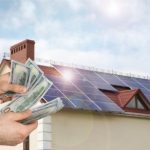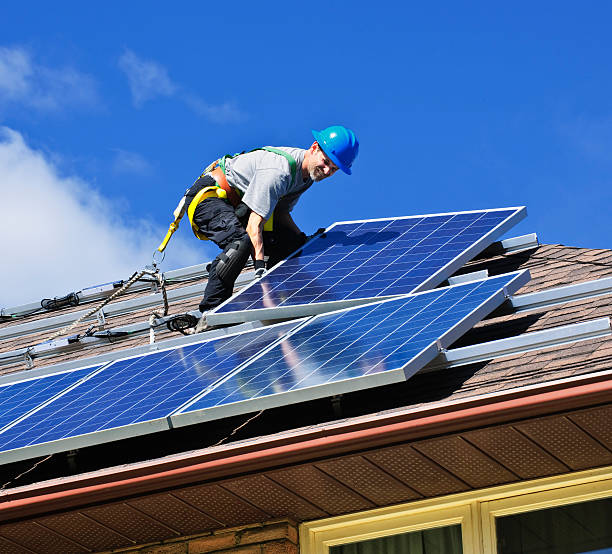Solar power for residential use is growing rapidly, for good reasons. Solar energy offers homeowners many benefits, including energy savings and decarbonization. Its many benefits have led to solar energy adoption in different segments increasing by 110% over the last five years.
Although it is easy to switch to solar power now, you still need to consider many things to get the most out of your solar system.
This article will help you make the right decision by revealing the types and locations of solar panels. Continue reading to learn more.
Things to Consider for a Residential Solar Install
1. Roof condition and layout
Your roof must be properly designed to maximize the efficiency of your solar panels. Before installing the panels, ensure your roof is in good condition.
When modifying your roofs, remember to consider the material you choose, how it is laid out, and which direction your roof faces. Finally, ensure that you have enough roof space to hold the panels. Sometimes these panels can be very large.
2. Which Type of Solar Panels Should You Choose? The type of solar panels you choose will determine the amount of money you spend and the value you receive. These are the most common types of solar panels you should be aware of:
- Monocrystalline solar panels
- Polycrystalline solar panels
- Thin-film solar panel
Genus’ solar panels are the best silicon-based panels. You get superior durability, increased efficiency, and ultimate reliability with us
3. Where is the Optimum Place?
The more sunlight your home gets, the more power you can generate from solar power. However, this doesn’t mean you cannot rely on solar power if your home isn’t getting enough sunlight. If you have large buildings that block the sun’s path, residential solar power won’t be available until they break through.
If you do not have this problem, then residential solar is the best option. It is a common misconception that solar panels won’t work in overcast or cloudy weather. Although the efficiency of solar panels is reduced, it’s still possible to generate electricity even in cloudy conditions. To compensate for the reduced sunlight intensity, you can get additional panels.
Ensure that your panels face the south/southwest direction to get the best results. These directions receive the most sunlight.
4. How will you finance your residential solar installation?
Yes, solar power installations can be very expensive. To make the most out of your investment, you must consider your financial situation before switching to solar. To cover expenses, you can always get a loan. If that is impossible, you can opt for a hybrid, part solar and part grid-based connection.
Genus offers affordable panels and inverter batteries with exceptional value. Visit our website for more information.
5. How long before you break even?
People are willing to invest in solar energy because of its savings. Before you can do this, you should calculate how long it will take to break even. This is important because different products offer different efficiency and additional savings.
If you have a well-designed residential solar system, it can help you break even in 3-4 years. The breakeven period depends on the size and DISCOM tariff rates. You can rest assured that the returns will come in the form of savings.








